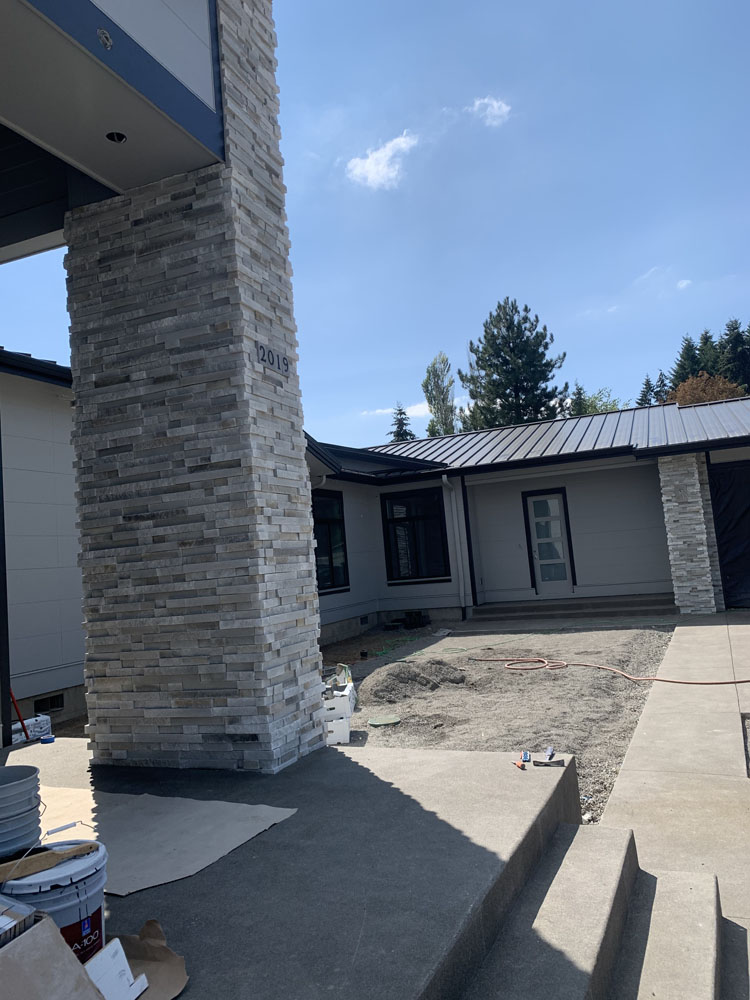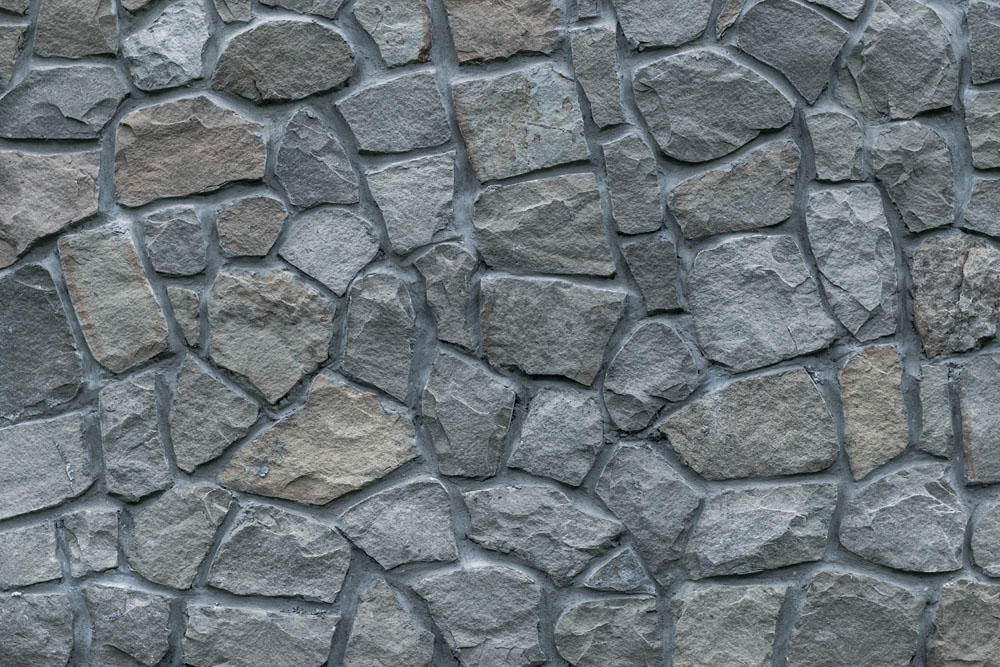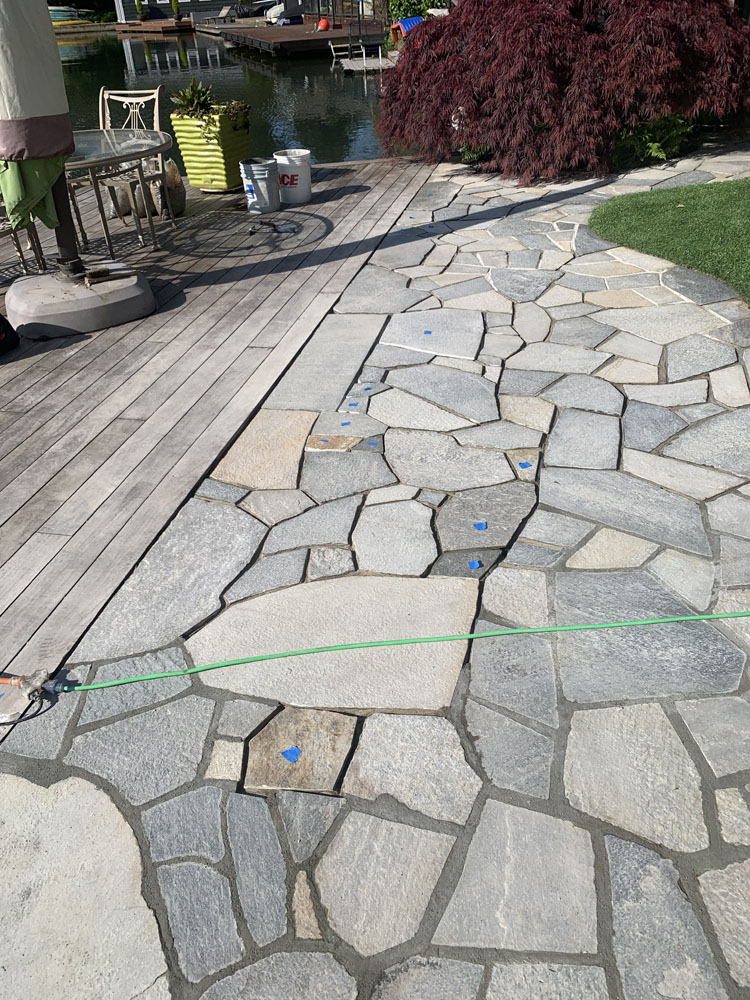Introduction
In an era where homeowners are increasingly concerned about sustainability, aesthetics, and longevity, the choice of materials for outdoor pathways gains a significant focus. Stone walkways represent not just a functional necessity but also an aesthetic enhancement to any garden or landscape. When discussing the durability of stone walkways: a long-term investment, it’s essential to delve into various aspects such as material selection, installation processes, maintenance requirements, and environmental considerations.
Stone walkways—be they crafted from natural stone, brick walkway options, or masonry walkway designs—offer a plethora of benefits that extend beyond mere appearance. This comprehensive guide will explore every facet of these enduring structures, demonstrating why they are local masonry contractors a wise investment for any homeowner.
The Durability of Stone Walkways: A Long-Term Investment
Understanding Stone Walkways
What Are Stone Walkways?
Stone walkways are pathways constructed primarily from stones such as granite, limestone, slate, or even concrete pavers designed to mimic the appearance of natural stone. They can be laid in various patterns and are often used in residential and commercial landscaping for their timeless appeal and practical advantages.
Types of Stone Walkways
Natural Stone Walkway- Made from stones quarried from nature. Unique textures and colors.
- Comprised of fired clay bricks. Offers a classic look with high durability.
- Constructed using various materials bonded together through mortar. Can include stone, brick, or concrete elements.
Advantages of Choosing Stone Walkways
Longevity and Durability
One of the most compelling reasons to invest in stone walkways is their longevity. Unlike other materials that may require frequent replacement or repairs due to wear and tear, stone offers remarkable resilience against weather elements.
- Resistance to Weathering: Natural stones withstand harsh weather conditions without cracking or breaking down. Low Maintenance: Regular cleaning and occasional sealing can keep them looking fresh for years.
Aesthetic Appeal
A well-designed stone walkway enhances the beauty of your outdoor space.
- Versatility: With various textures and colors available, you can tailor the design to complement your home’s architecture. Timelessness: The classic look of stone never goes out of style; hence it adds value to your property in the long run.
Installation Process for Stone Walkways
Preparing the Site
Before laying down any stones:
Measure the Area: Determine how much material you need. Excavate Soil: Remove grass or soil to create a stable base.Selecting Materials
Choosing between natural stones or manufactured options is crucial:

- Natural stones like granite provide unique aesthetics but come at higher costs. Brick walkways offer uniformity in size but lack some natural variations.
Laying the Stones
The actual installation involves several steps:
Create a Foundation: Use gravel for drainage. Arrange Stones: Lay out stones in your desired pattern before permanent placement. Fill Gaps: Use sand or gravel between stones for stability.Maintenance Tips for Long-lasting Stone Walkways
Regular Cleaning
Keeping your walkway clean is straightforward:
- Use a broom or leaf blower to remove debris. Pressure wash periodically to eliminate stubborn stains.
Sealing Your Stones
Applying sealant helps protect against moisture absorption:
- Choose high-quality sealants designed specifically for stone surfaces. Reapply every few years based on exposure levels and wear patterns.
Environmental Considerations
Sustainability Benefits of Stone
Natural stones are eco-friendly choices compared to synthetic materials:

- They do not emit harmful chemicals during production. Many options come from local sources, reducing transportation emissions.
Drainage Solutions
Proper drainage is essential:
Slope Consideration: Ensure your pathway slopes away from structures. Permeable Options: Consider permeable paving solutions that promote water infiltration into the ground.Cost Analysis: Is It Worth It?
When assessing whether to invest in a stone walkway versus alternatives like asphalt or concrete:
| Material | Initial Cost | Lifespan | Maintenance Cost | |-----------------|--------------|-------------|-------------------| | Natural Stone | High | 50+ years | Low | | Brick | Medium | 25+ years | Moderate | | Concrete | Low | 20 years | High |

Comparing Different Types of Materials
Masonry vs. Pavers vs. Natural Stones
Each material comes with its pros and cons:
- Masonry provides flexibility in design but requires skilled labor for installation. Pavers offer easy installation but may shift over time without proper base preparation. Natural stones deliver unmatched beauty but require careful sourcing due to cost implications.
Common Misconceptions About Stone Walkways
“They’re Too Expensive”
While initial costs may seem high compared to other materials like asphalt or concrete, considering their lifespan and low maintenance makes them economical over time.
“They’re Slippery When Wet”
Proper installation techniques enhance traction; select textured stones as an option if slipperiness is a concern.
FAQs About Stone Walkways
Q1: How long do stone walkways last?
A1: With proper care, they can last over 50 years!
Q2: What maintenance do they require?
A2: Regular cleaning and periodic sealing are recommended for longevity.
Q3: Can I install them myself?
A3: Yes! However, it requires planning and some physical effort; hiring professionals ensures top-quality results.
Q4: Are brick walkways more durable than natural stone?
A4: Both have excellent durability; however, natural stone generally has a longer lifespan under similar conditions.
Q5: What’s the best type of stone for cold climates?
A5: Granite is highly recommended due to its resistance against freeze-thaw cycles.
Q6: Do I need permits for installation?
A6: It depends on local regulations; check with your municipality before starting any construction project.
Conclusion
In summary, investing in a stone walkway proves fruitful on multiple fronts—durability, aesthetic appeal, low maintenance requirements, and environmental benefits render it an advantageous choice for homeowners aiming towards sustainability while enhancing property value. As we explored throughout this article titled "The Durability of Stone Walkways: A Long-Term Investment," it's evident that while upfront costs may appear daunting initially compared to alternatives like masonry walkways or brick options, their long-term benefits far outweigh those initial expenses. Therefore, if you're contemplating upgrading your outdoor spaces with something both beautiful and lasting—look no further than investing in sturdy stone walkways!
By understanding these aspects thoroughly—from types and advantages through proper maintenance—you'll be well-equipped not only to make informed decisions but also ensure that your investment pays dividends over many seasons https://ramosmasonry.com/about-ramos-masonry-construction-company/ ahead!